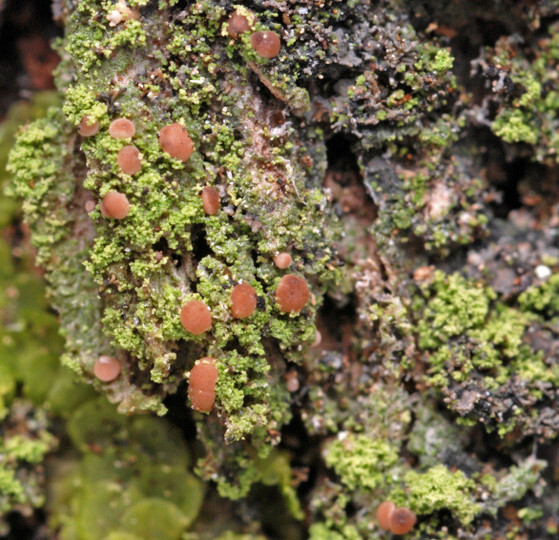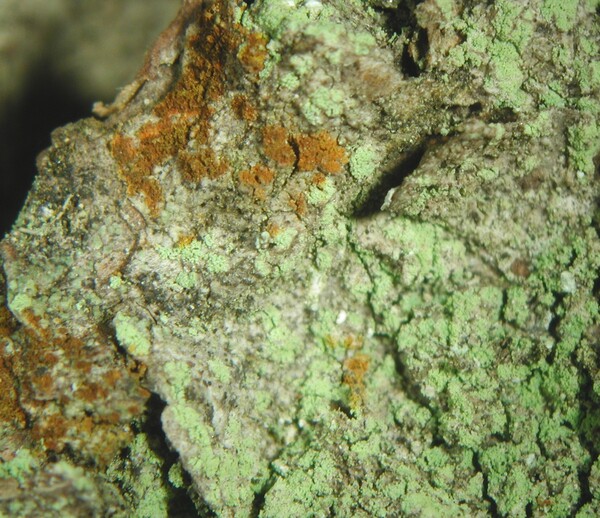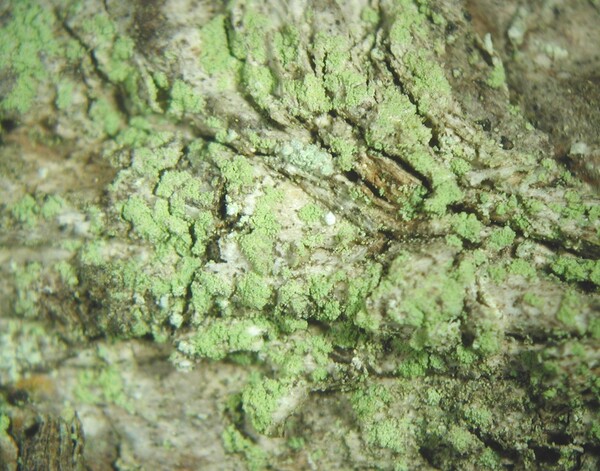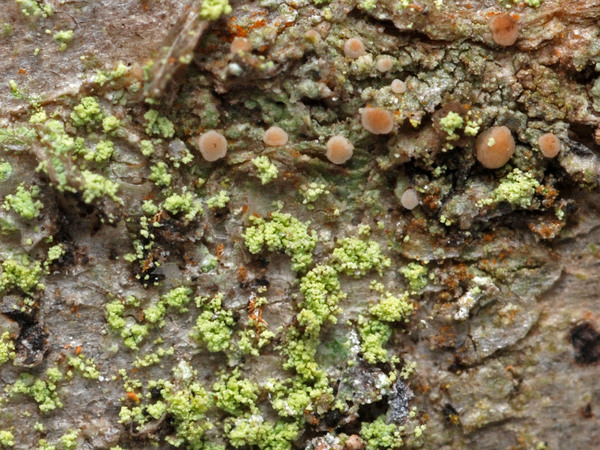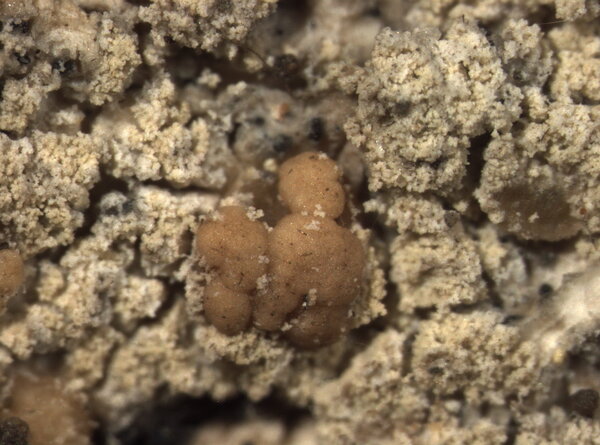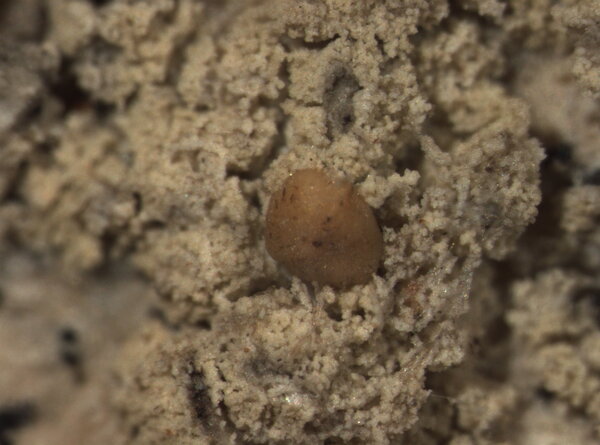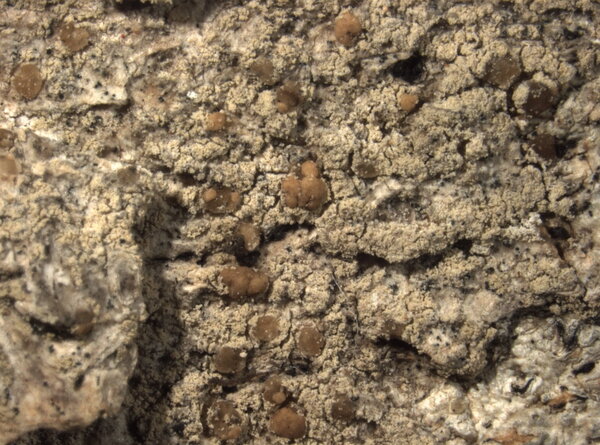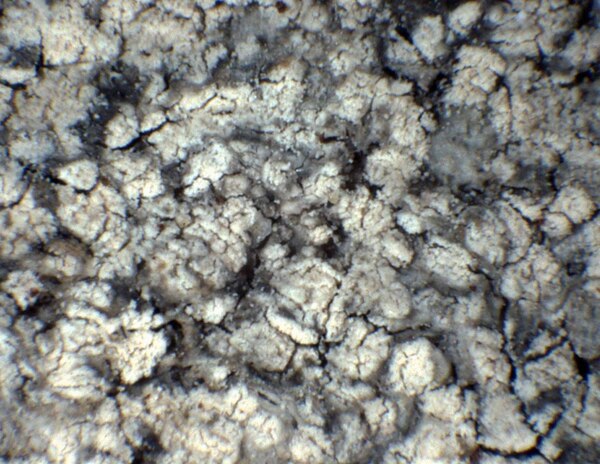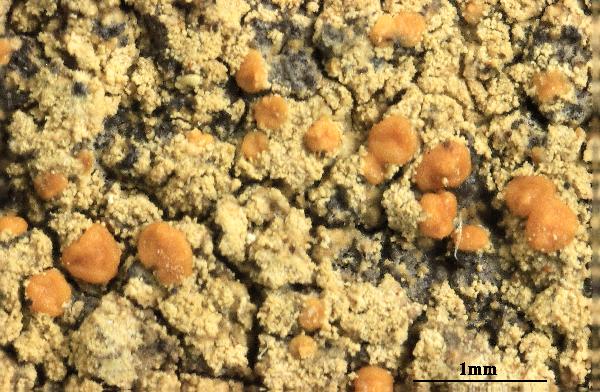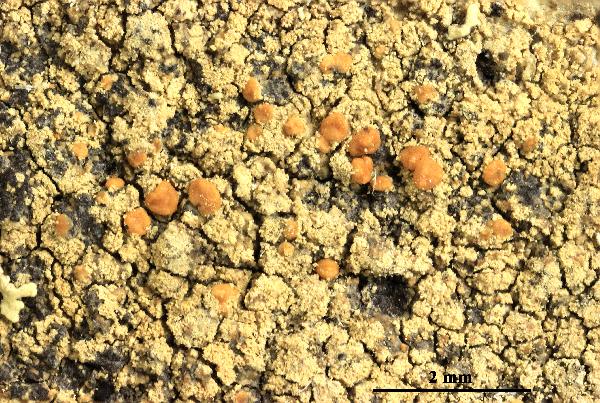Biatora efflorescens (Hedl.) Räsänen
Lich. Fenn. Exs.: nr. 133, 1935. Basionym: Lecidea helvola f. efflorescens Hedl. - Bih. K. Svenska Vetensk.-Akad. Handl., afd. 3, 18, 3: 61, 1892.
Synonyms: Biatora epixanthoidiza (Nyl.) Räsänen; Lecidea efflorescens (Hedl.) Erichsen; Lecidea epixanthoidiza Nyl.
Distribution: N - Frl, Ven (Nascimbene 2003b, 2014, Thor & Nascimbene 2007), TAA (Thor & Nascimbene 2007, Nascimbene & al. 2009, 2022, Nimis & al. 2015), Lomb (Alessio & al. 1995). C - Tosc (Benesperi & al. 2007).
Description: Thallus crustose, episubstratic, usually forming rounded to irregular patches up to a few cm in diameter, rimose-areolate or (rarely) continuous, sorediate, without a clear prothallus, the areoles discrete or contiguous, greyish or greyish green, up to 0.2 mm wide, flat to slightly convex, rounded, entire to incised, adnate. Soralia pale yellow to bright yellowish green (paler than thallus), laminal or marginal on the areoles, or originating in non-areolate parts of thallus, discrete to diffuse, often efflorescent, 0.2-0.5 mm across, more or less circular when young to irregular and confluent, often forming a leprose-sorediate, sometimes cracked crust; soredia 15-30(-40) μm in diam. Apothecia rather rare, biatorine, 0.3-0.6(-1) mm across, with a pale yellowish or pinkish brown, sometimes reddish or sordid brown, glossy, flat to strongly convex disc, and a slightly paler, finally excluded proper margin. Proper exciple colourless, 35-80(-110) μm wide; hymenium colourless, 30-65 µm high; subhymenium distinct, 50-70 µm high; hypothecium colourless, 20-120 µm high. Asci 8-spored, clavate, with a K/I+ blue apical dome penetrated by a narrow, K/I- apical cushion surrounded by a narrow, deeply K/I+ blue zone, the wall K/I- but surrounded by an I+ red-brown, K/I+ blue outer layer, the ocular chamber relatively small, Biatora-type. Ascospores (0-)1-septate, hyaline, narrowly ellipsoid, 9-18(-22) x 3-5 µm. Photobiont chlorococcoid. Spot tests: thallus and soralia K-, C-, KC-, UV-; soralia P+ rapidly orange-red. Chemistry: argopsin (major), norargopsin.Note: a probably holarctic lichen found on a wide variety of trees with smooth bark, sometimes overgrowing mosses, rarely on lignum, mostly in upland areas; certainly more widespread in the Alps.
Growth form: Crustose
Substrata: bark and lignum
Photobiont: green algae other than Trentepohlia
Reproductive strategy: mainly asexual, by soredia, or soredia-like structures (e.g. blastidia)
Commonnes-rarity: (info)
Alpine belt: absent
Subalpine belt: rather rare
Oromediterranean belt: absent
Montane belt: rare
Submediterranean belt: absent
Padanian area: absent
Humid submediterranean belt: absent
Humid mediterranean belt: absent
Dry mediterranean belt: absent

Predictive model
Herbarium samples
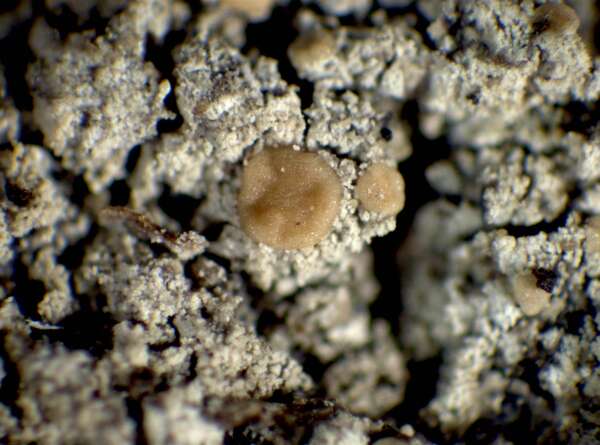

P.L. Nimis; Owner: Department of Life Sciences, University of Trieste
Herbarium: TSB (21836)
2001/11/22
apothecia
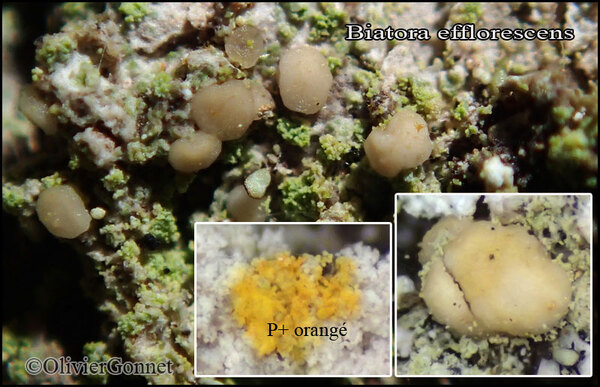
Courtesy: Olivier et Danièle Gonnet - Source: https://www.afl-lichenologie.fr/Photos_AFL/Photos_AFL_B/Textes_B2/Biatora_efflorescens.htm
France, Barrage des Pradeaux, 1270 m
21/8/2016
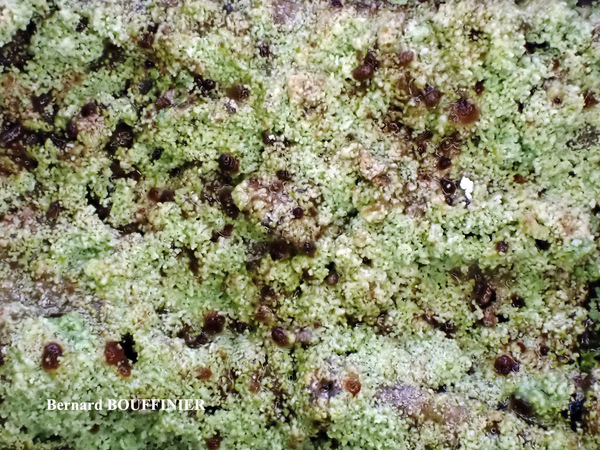
Bernard Bouffinier - Source: http://www.lichensmaritimes.org/index.php?task=fiche&lichen=1163&lang=en
France, Cranou
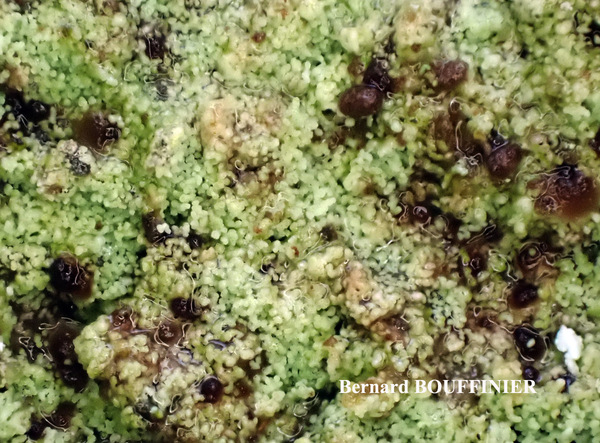
Bernard Bouffinier - Source: http://www.lichensmaritimes.org/index.php?task=fiche&lichen=1163&lang=en
France, Cranou
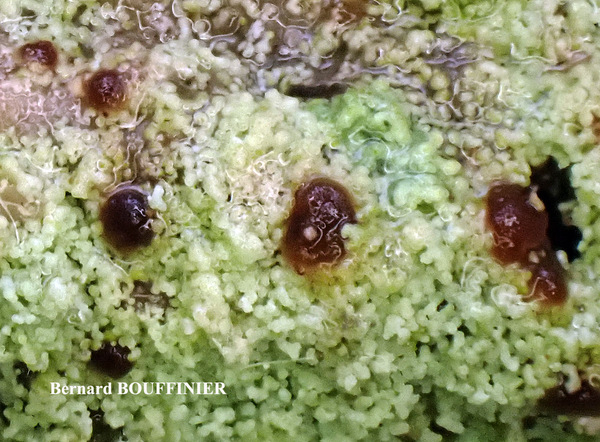
Bernard Bouffinier - Source: http://www.lichensmaritimes.org/index.php?task=fiche&lichen=1163&lang=en
France, Cranou
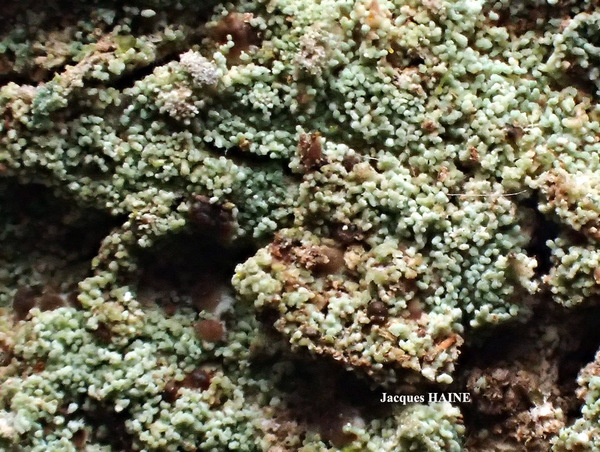
Jacques Haine - Source: http://www.lichensmaritimes.org/index.php?task=fiche&lichen=1163&lang=en
France, Cranou
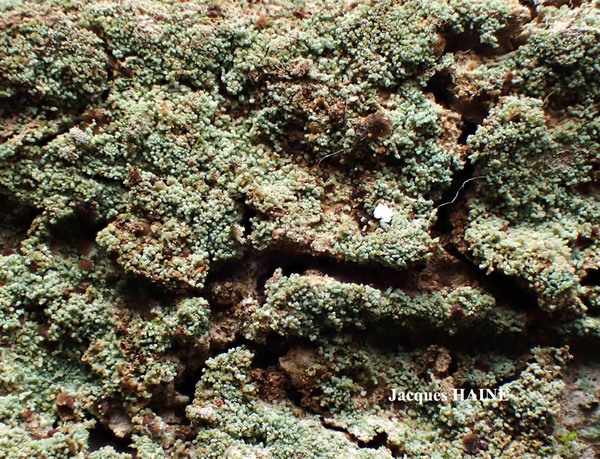
Jacques Haine - Source: http://www.lichensmaritimes.org/index.php?task=fiche&lichen=1163&lang=en
France, Cranou
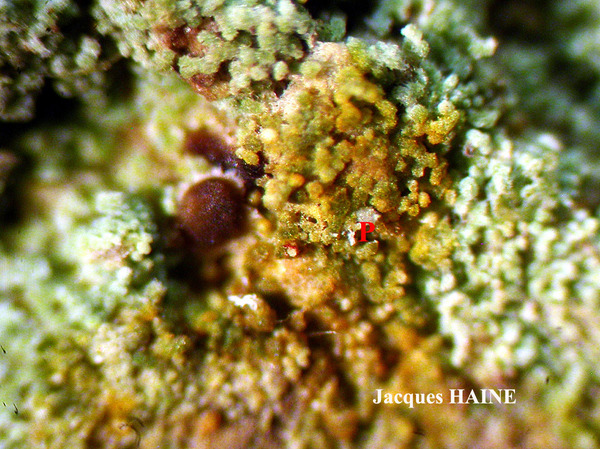
Jacques Haine - Source: http://www.lichensmaritimes.org/index.php?task=fiche&lichen=1163&lang=en
France, Cranou
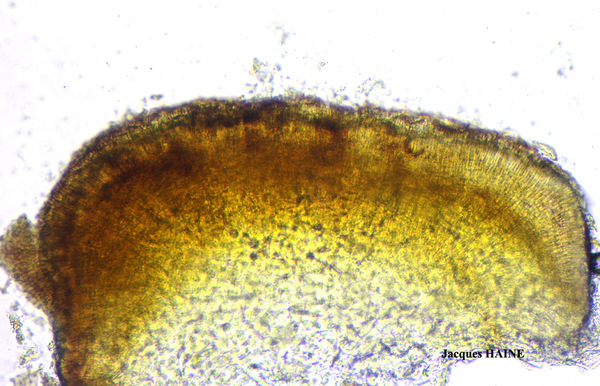
Jacques Haine - Source: http://www.lichensmaritimes.org/index.php?task=fiche&lichen=1163&lang=en
France, Cranou
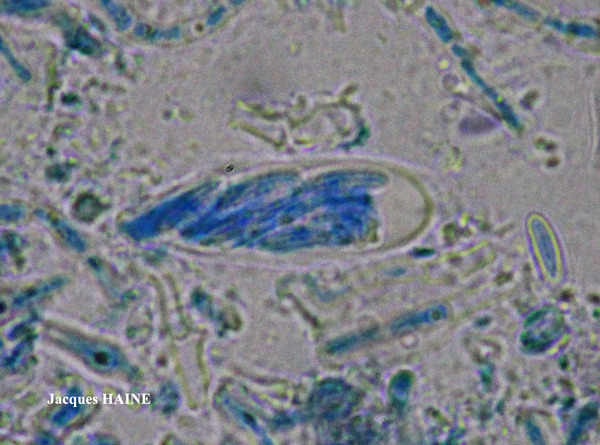
Jacques Haine - Source: http://www.lichensmaritimes.org/index.php?task=fiche&lichen=1163&lang=en
France, Cranou
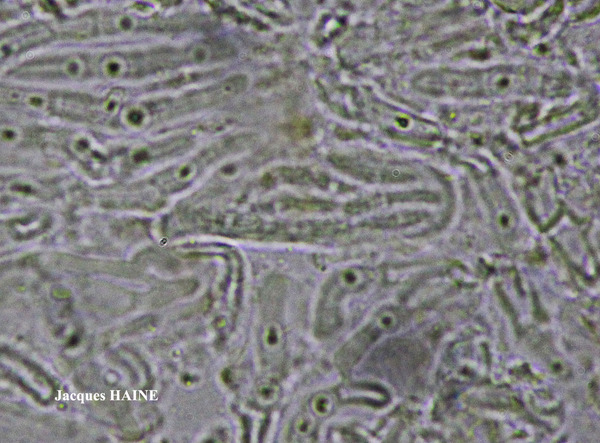
Jacques Haine - Source: http://www.lichensmaritimes.org/index.php?task=fiche&lichen=1163&lang=en
France, Cranou
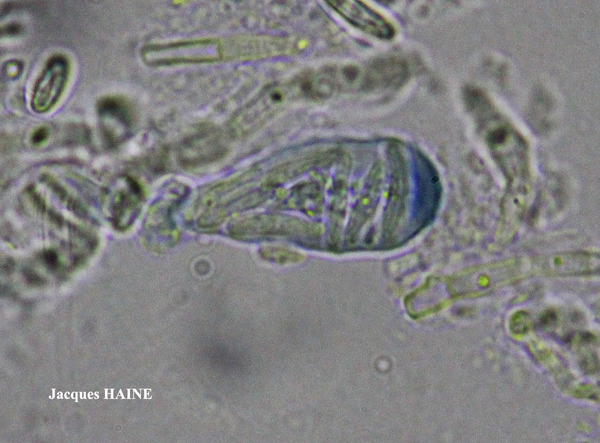
Jacques Haine - Source: http://www.lichensmaritimes.org/index.php?task=fiche&lichen=1163&lang=en
France, Cranou
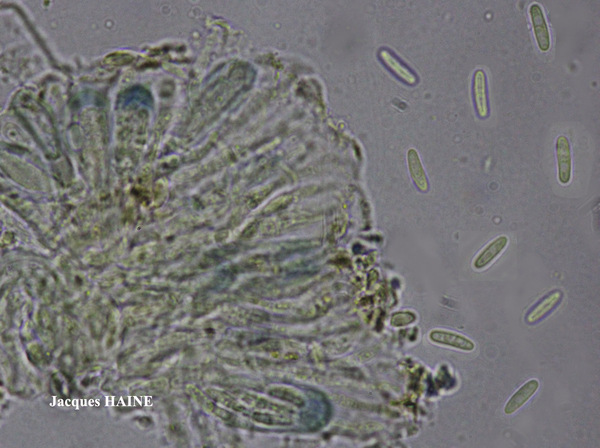
Jacques Haine - Source: http://www.lichensmaritimes.org/index.php?task=fiche&lichen=1163&lang=en
France, Cranou

Jacques Haine - Source: http://www.lichensmaritimes.org/index.php?task=fiche&lichen=1163&lang=en
France, Cranou
Growth form: Crustose
Substrata: bark and lignum
Photobiont: green algae other than Trentepohlia
Reproductive strategy: mainly asexual, by soredia, or soredia-like structures (e.g. blastidia)
Commonnes-rarity: (info)
Alpine belt: absent
Subalpine belt: rather rare
Oromediterranean belt: absent
Montane belt: rare
Submediterranean belt: absent
Padanian area: absent
Humid submediterranean belt: absent
Humid mediterranean belt: absent
Dry mediterranean belt: absent

Predictive model
| Herbarium samples |


P.L. Nimis; Owner: Department of Life Sciences, University of Trieste
Herbarium: TSB (21836)
2001/11/22
apothecia

Courtesy: Olivier et Danièle Gonnet - Source: https://www.afl-lichenologie.fr/Photos_AFL/Photos_AFL_B/Textes_B2/Biatora_efflorescens.htm
France, Barrage des Pradeaux, 1270 m
21/8/2016

Bernard Bouffinier - Source: http://www.lichensmaritimes.org/index.php?task=fiche&lichen=1163&lang=en
France, Cranou

Bernard Bouffinier - Source: http://www.lichensmaritimes.org/index.php?task=fiche&lichen=1163&lang=en
France, Cranou

Bernard Bouffinier - Source: http://www.lichensmaritimes.org/index.php?task=fiche&lichen=1163&lang=en
France, Cranou

Jacques Haine - Source: http://www.lichensmaritimes.org/index.php?task=fiche&lichen=1163&lang=en
France, Cranou

Jacques Haine - Source: http://www.lichensmaritimes.org/index.php?task=fiche&lichen=1163&lang=en
France, Cranou

Jacques Haine - Source: http://www.lichensmaritimes.org/index.php?task=fiche&lichen=1163&lang=en
France, Cranou

Jacques Haine - Source: http://www.lichensmaritimes.org/index.php?task=fiche&lichen=1163&lang=en
France, Cranou

Jacques Haine - Source: http://www.lichensmaritimes.org/index.php?task=fiche&lichen=1163&lang=en
France, Cranou

Jacques Haine - Source: http://www.lichensmaritimes.org/index.php?task=fiche&lichen=1163&lang=en
France, Cranou

Jacques Haine - Source: http://www.lichensmaritimes.org/index.php?task=fiche&lichen=1163&lang=en
France, Cranou

Jacques Haine - Source: http://www.lichensmaritimes.org/index.php?task=fiche&lichen=1163&lang=en
France, Cranou

 INDEX FUNGORUM
INDEX FUNGORUM
 GBIF
GBIF
 DOLICHENS
DOLICHENS
